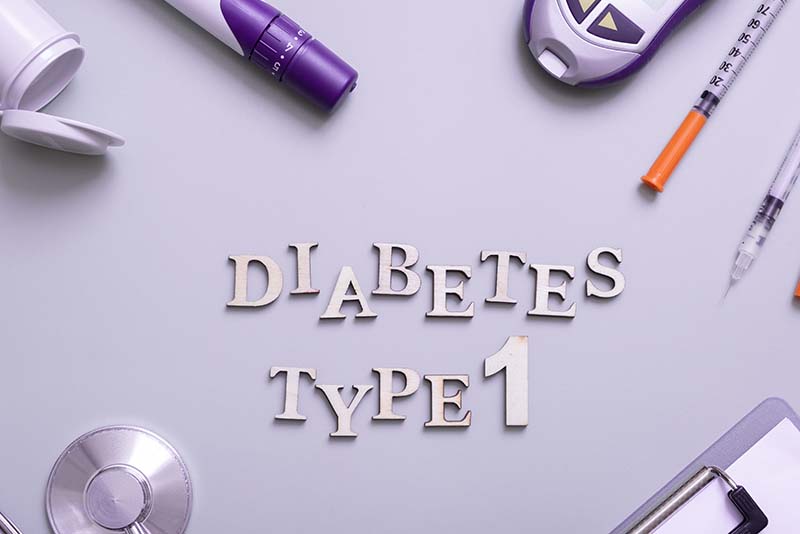Measuring blood glucose concentrations via capillary (fingerprick) blood glucose monitoring or continuous (interstitial) glucose monitoring is an important aspect of management for many people with diabetes.
Blood glucose monitoring informs patient self-management strategies, which can improve the patient’s engagement in their own care and reduce barriers to achieving recommended blood glucose targets. Blood glucose monitoring also informs clinician-guided management plans.
Compared to capillary blood glucose monitoring, continuous glucose monitoring in people using insulin significantly improves glycaemic metrics and is associated with improved patient-reported outcomes.
Even with good glycaemic metrics, patients using continuous glucose monitoring should still have access to capillary blood glucose monitoring for correlation of hypoglycaemic readings when accuracy may be compromised or if there is a malfunction with the continuous blood glucose monitor.
Download and view article – Blood Glucose Monitoring Devices (PDF)
Benjamin Sly
Endocrinologist, Princess Alexandra Hospital, Brisbane
Janet Taylor
Registered nurse and Credentialled diabetes educator, Brisbane Diabetes and Endocrinology


